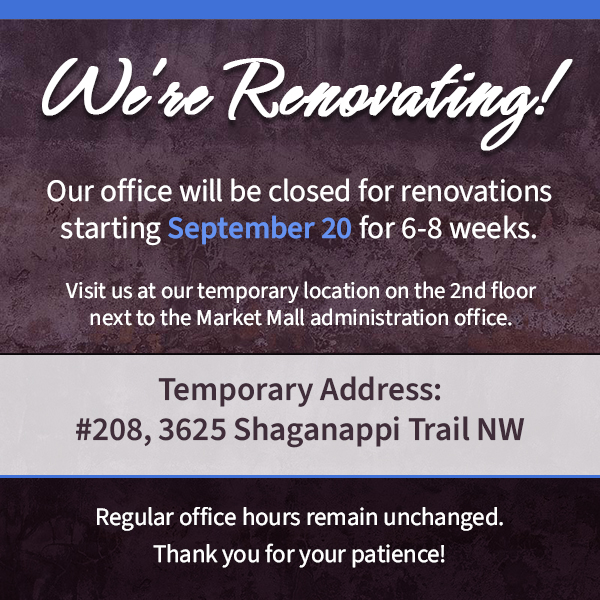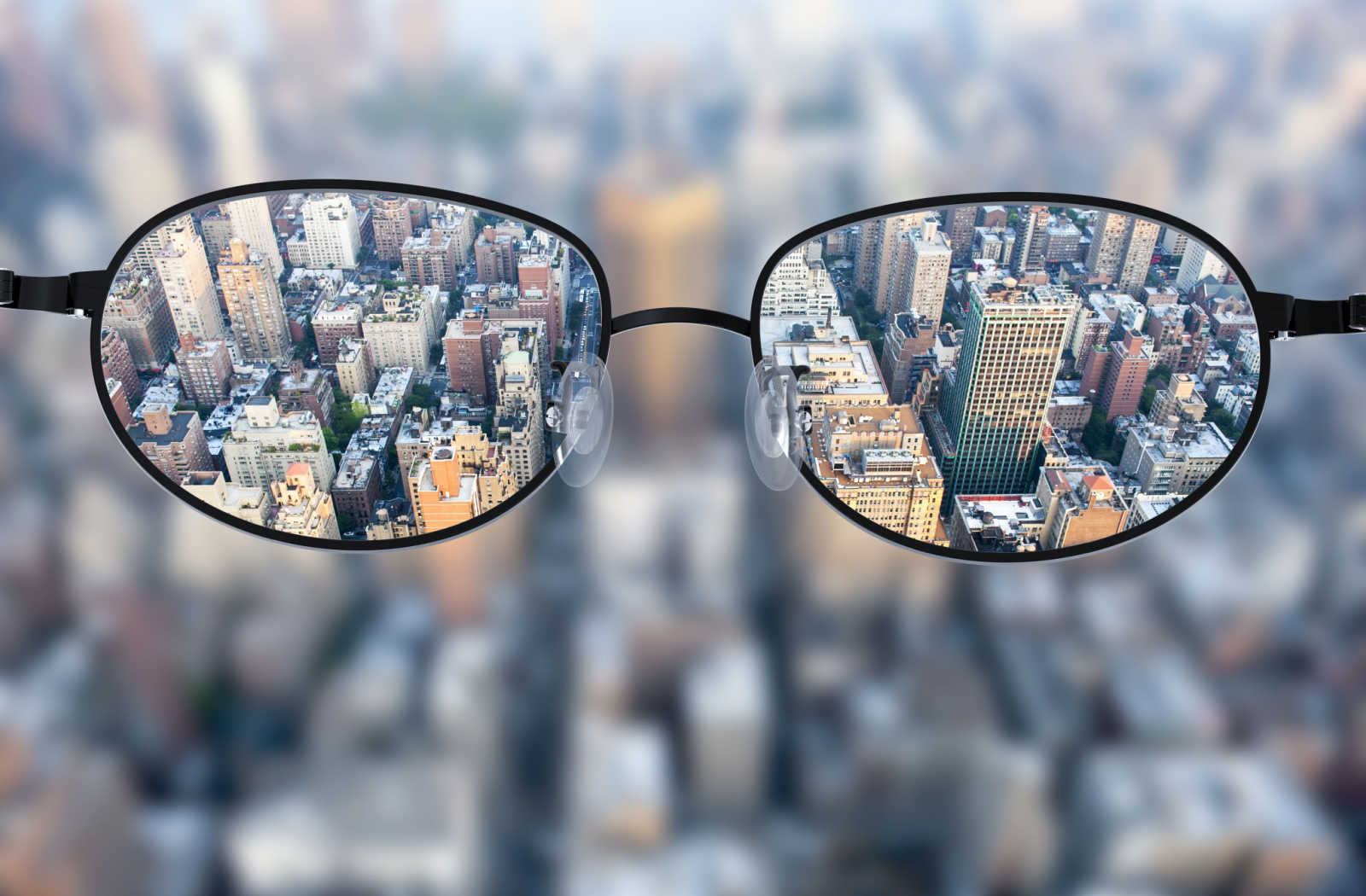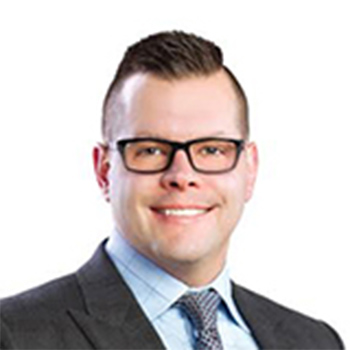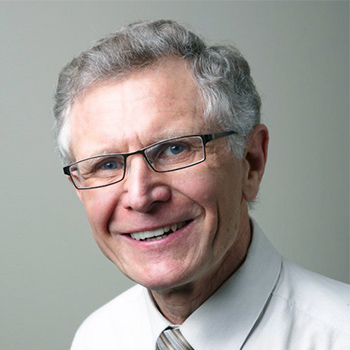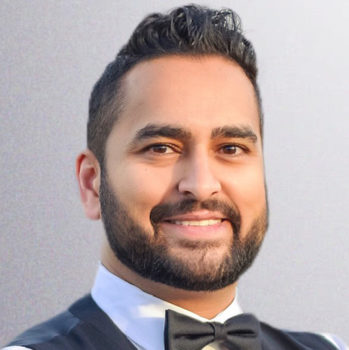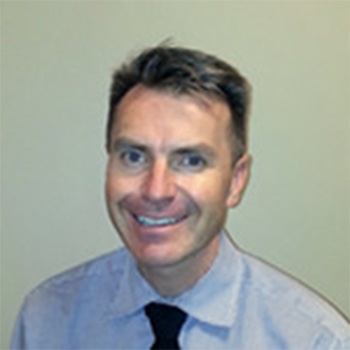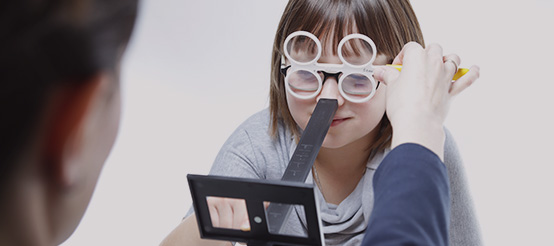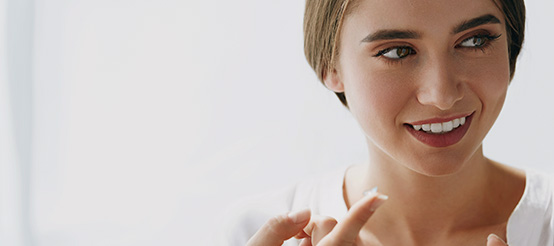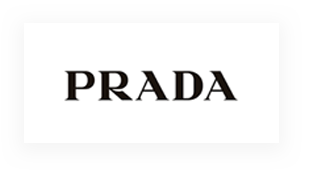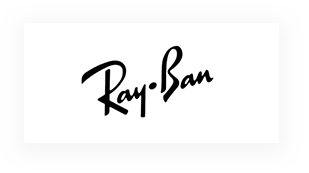You may be a member of the myopic club if the world outside of your arm’s reach becomes progressively blurrier. Throughout the world, myopia, also known as nearsightedness, is a fairly common diagnosis. When people think of myopia, they probably think of low myopia.
You can see fairly well if you have low to moderate myopia if you wear glasses, contact lenses, or prescription sunglasses. However, myopia can pose a significant threat to your vision when diagnosed with more severe myopia.
What is Myopia?
Myopia is a refractive error that happens when your eye fails to properly focus light on the retina.
To see clearly, light rays must pass through your cornea and lens before reaching the retina. The retina then converts light into signals, which are sent to your brain and converted into images.
When you have refractive errors, the shape of your cornea or lens prevents light from bending properly. When light is not properly focused on the retina, your vision will be blurry.
Myopia Symptoms
Nearsightedness can develop gradually or suddenly, and it commonly worsens during childhood and adolescence. Some symptoms include:
- Blurry or hazy vision when looking at far away objects
- Squinting to try and read
- Frequent headaches
- Poor vision in low light
Low Myopia
The most common is low myopia. While there is no cure, simple vision correction with eyewear has been the standard treatment for myopia since the invention of eyeglasses. Glasses, prescription sunglasses, contact lenses, some laser eye surgeries, and orthokeratology can all be used to correct low myopia.
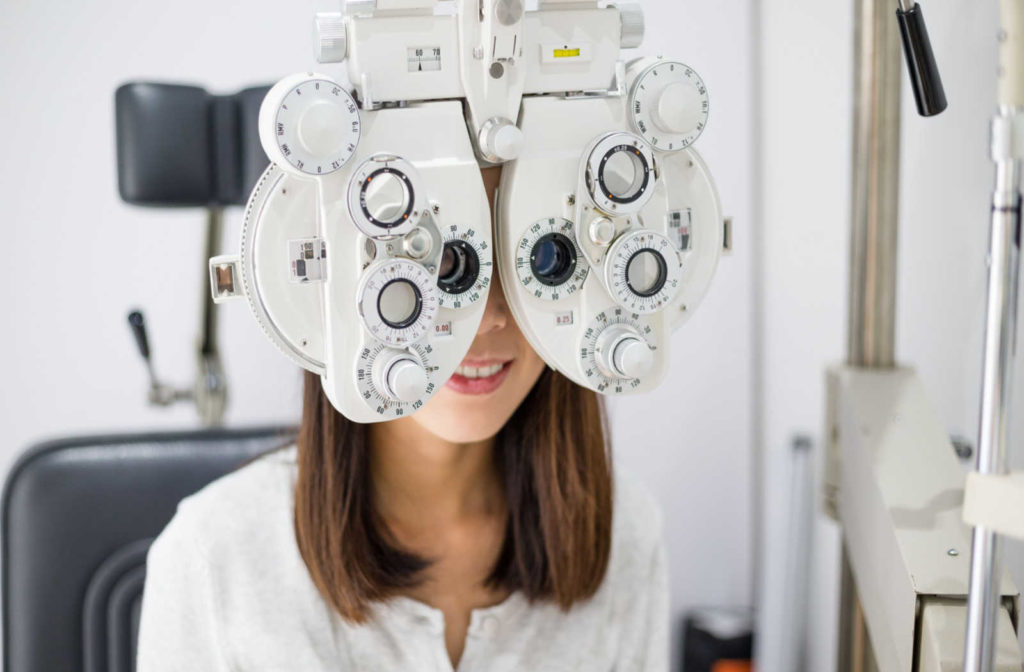
High Myopia
Complications such as glaucoma, cataracts, and retinal detachment may occur if nearsightedness progresses to the more advanced level of high myopia. The name of this condition reflects its potential severity: pathological myopia or degenerative myopia.
Myopic Macular Degeneration
Degenerative myopia begins with eyeball lengthening, for which there is no treatment. Researchers have tried a variety of treatments for the condition. While some are beneficial to children, no proven therapies exist for adults.
Your eyes are not designed to grow longer throughout your life, and the growth is uneven in eyes with degenerative myopia. Parts of your eye, such as the sclera and retina, can stretch and pull as you grow. These structures can crack over time.
Your retina is responsible for your vision. Degenerative myopia can harm the retina by causing:
- Parts of your retina thin out and stop working.
- Your retina’s edges can thin and break down. The center of your retina may also break down.
- Breaks in the retina and its underlying blood supply can rob you of your sight even more.
- New blood vessels can form beneath your retina (a condition known as myopic choroidal neovascularization), but they are weak and leaky.
- New blood vessels can scar the center of your macula, causing a gap in your central vision.
Retinal Detachment
The retina may pull away from the underlying layer if it’s overstressed. A detached retina should be examined by an optometrist as soon as possible.
Otherwise, you risk losing sight in that eye. If you experience any of the following symptoms, contact your optometrist right away:
- Suddenly seeing flashing lights. Some compare it to seeing stars after being hit in the eye.
- Seeing a lot of floaters all at once. In your field of vision, these may appear as specks, lines, or cobwebs.
- Shadows in your peripheral vision.
- A gray curtain obscures some of your vision.
Glaucoma
According to population-based studies, the risk of glaucoma increases with increasing myopia. Most studies have linked moderate to high myopia to an increased risk of primary open-angle glaucoma.
Glaucoma is a group of eye conditions that cause damage to the optic nerve, which is essential for good vision. This damage is often caused by abnormally high eye pressure.
For people over the age of 60, glaucoma is one of the leading causes of blindness. It can happen at any age, but it is more common in older people.
Cataracts
A cataract is a clouding of the eye’s crystalline lens. Cataracts in people with high myopia are typically very dense.
Unfortunately, patients with high myopia are more likely to develop cataracts than those with no refractive errors, with visible cataracts appearing before the age of 60.
They’re approximately three times more likely to develop cataracts than those who do not, and recovery from cataract surgery is significantly worse.
Treating High Myopia
Glasses, contacts, and surgeries can be lifesavers if you have degenerative myopia. These tools can help you see clearly in the early stages of the disease.
Because people with degenerative myopia have a constantly changing prescription, they may need to see a doctor frequently for new solutions. Unfortunately, no current therapy can prevent your eye from growing or your retina from thinning.If you’re concerned about your myopia symptoms, book an appointment at Urban Optique today to learn about your treatment options.
